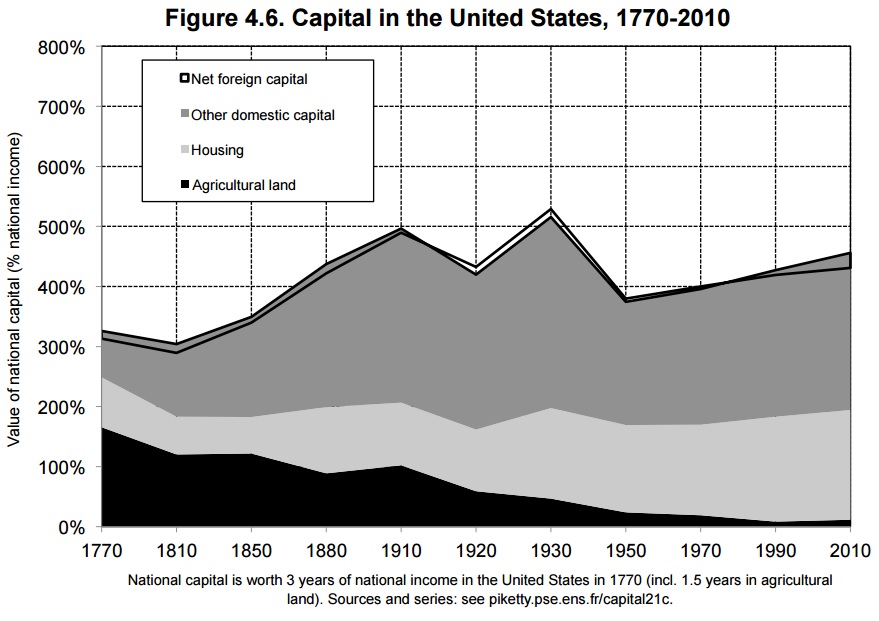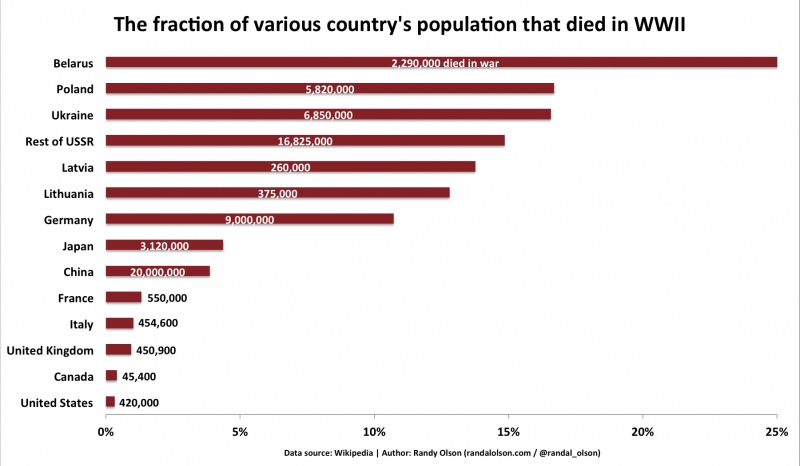
?
Sonnet is the youngest of the lot, just over a year and a half old.
She came to us in an unusual way. Deb and I were at 5 cats, which we considered a good number. Then an acquaintance who does animal rescue work in the Gulf Coast told us of a litter of 4 mostly-black kittens which were going to be destroyed for lack of homes, and if I didn’t save them nobody would. So I took it upon myself to find them homes, offering my colleagues at Berklee a $500 donation to the department scholarship fund for each kitten adopted, plus help with their initial medical expenses. Ultimately, we saved all four, plus two “bonus” kittens! But finding homes was incredibly hard and initially we were having no success, so I took a kitten in the hope of giving the “kitten drive” some momentum.
 Then when the kittens were delivered, they messed up which one was which, confusing Sonnet with her brother, also a tuxedo who had a white chin rather than a black one. Here’s an early photo of Sonnet, as we were figuring out that we had the wrong kitten.
Then when the kittens were delivered, they messed up which one was which, confusing Sonnet with her brother, also a tuxedo who had a white chin rather than a black one. Here’s an early photo of Sonnet, as we were figuring out that we had the wrong kitten.
However, it worked out for the best! Our friend was supposed to take Sonnet and a different brother (who also ended up with us in a case of mistaken identity), but Sonnet HATED her brother. So to avoid that match made in Hell, we kept Sonnet while she kept the kitten we were supposed to get, plus got her brother.
Continue reading

